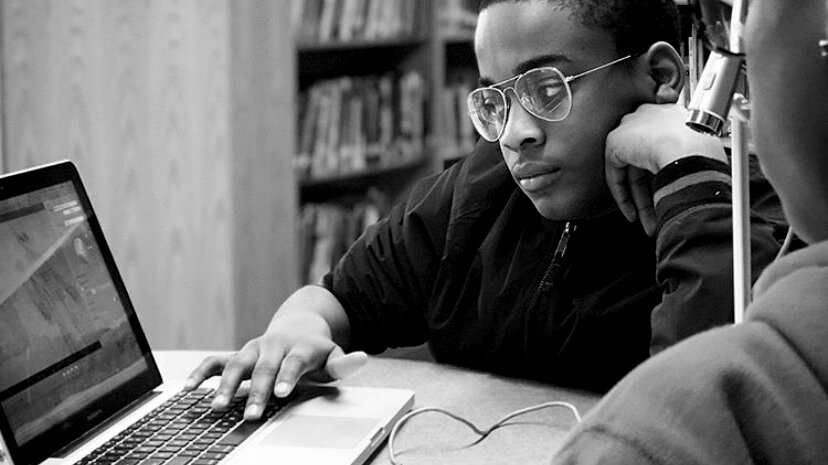By Pablo Herrera (This article was first published by Colectivo Piloto on May 12, 2020)
I first came to New York City in 2011 to work in the documentary “The Building of A Community” commissioned by the “Museum of Reclaimed Urban Space”, a cultural institution which chronicles the East Village community’s history of grassroots action. The documentary examined the social transformation of the Lower East Side of Manhattan where activists, artists, historians and political representatives describe the neighborhood, the squatters, the community gardens and explain the struggle to save them. For me, it represented a singular way to discover New York City. Let’s be honest, people around the world (and almost all in the rest of the U.S.) know little about how life really is in New York City. Many people may think New York City is Jimmy Fallon, Stephen Colbert, SNL and things like that. Ok, good, but NYC is also tiny and expensive apartments, endless hours of work, high level of competition, pricey restaurants, and thousands of park bench people. This last group are not just NYC's props, they are real people who happen to live on the streets.
After almost a decade of living in an extraordinarily noisy city, I came to realize how much all that noise was affecting my perception of reality. Today, in times of pandemic we are experiencing NYC with less exciting distractions and more harsh realities. Following my instincts, I decided to grab my old SONY X10 camera and go out there to catch what's happening in the streets.
I started my route at 14 Street walking down 6th Avenue and then Houston Street to the Lower East Side. I walked nearly 6 miles around the city just to corroborate that the reality is, as I expected, harsh.
Read More










